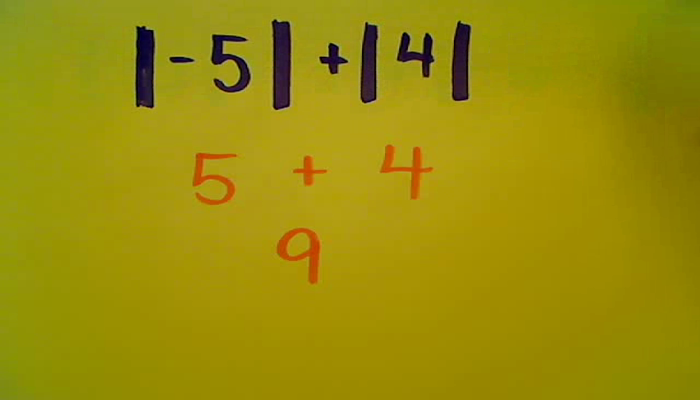Pascal Si Unit: Easy Conversion Guide
The pascal (Pa) is the SI unit of pressure, defined as one newton per square meter. Understanding and converting between different pressure units is crucial in various fields, including physics, engineering, and everyday applications. This guide provides an in-depth look at the pascal and offers a comprehensive conversion guide to help navigate between different pressure units.
Introduction to Pressure and the Pascal
Pressure is the force applied perpendicular to the surface of an object per unit area. The formula for pressure is (P = \frac{F}{A}), where (P) is pressure, (F) is the force applied, and (A) is the area over which the force is applied. The pascal, named after Blaise Pascal, is the standard unit of pressure in the International System of Units (SI).
Common Pressure Units
Besides the pascal, several other units are commonly used to express pressure, including:
- Atmosphere (atm): The standard atmospheric pressure at sea level is defined as 1 atm, which is approximately 101,325 pascals.
- Bar: Often used in meteorology and engineering, 1 bar is equal to 100,000 pascals.
- Pounds per Square Inch (psi): Widely used in the United States, 1 psi is approximately 6,894.76 pascals.
- Millimeters of Mercury (mmHg): Used in medical and scientific contexts, 1 mmHg is approximately 133.322 pascals.
Conversion Guide
Converting between different pressure units can be straightforward once you understand the conversion factors. Here are some key conversions:
Pascal to Other Units
- Pascal to Atmosphere (atm): (1 \, \text{Pa} = \frac{1}{101325} \, \text{atm})
- Pascal to Bar: (1 \, \text{Pa} = \frac{1}{100000} \, \text{bar})
- Pascal to psi: (1 \, \text{Pa} = \frac{1}{6894.76} \, \text{psi})
- Pascal to mmHg: (1 \, \text{Pa} = \frac{1}{133.322} \, \text{mmHg})
Other Units to Pascal
- Atm to Pascal: (1 \, \text{atm} = 101325 \, \text{Pa})
- Bar to Pascal: (1 \, \text{bar} = 100000 \, \text{Pa})
- psi to Pascal: (1 \, \text{psi} = 6894.76 \, \text{Pa})
- mmHg to Pascal: (1 \, \text{mmHg} = 133.322 \, \text{Pa})
Practical Conversion Examples
Understanding how to convert between units is crucial for practical applications. For instance, if you need to convert 10 psi to pascals, you would use the conversion factor: (10 \, \text{psi} \times 6894.76 \, \text{Pa/psi} = 68947.6 \, \text{Pa}).
Similarly, to convert 2 bars to atmospheres, you would first convert bars to pascals and then pascals to atmospheres: (2 \, \text{bar} \times 100000 \, \text{Pa/bar} = 200000 \, \text{Pa}), then (200000 \, \text{Pa} \div 101325 \, \text{Pa/atm} \approx 1.9739 \, \text{atm}).
Conclusion
Mastering the conversion between different pressure units is essential for engineers, scientists, and anyone working with pressure in their daily activities. The pascal, as the SI unit of pressure, provides a standard reference point for these conversions. By understanding the conversion factors and practicing with examples, you can easily navigate between pascals, atmospheres, bars, psi, and mmHg, enhancing your ability to work with pressure across various contexts and applications.
FAQ Section
What is the definition of pressure in physics?
+Pressure is defined as the force applied perpendicular to the surface of an object per unit area. It is calculated using the formula (P = \frac{F}{A}), where (P) is pressure, (F) is the force applied, and (A) is the area over which the force is applied.
How do you convert psi to pascals?
+To convert psi (pounds per square inch) to pascals, you multiply the psi value by 6894.76. For example, (10 \, \text{psi} \times 6894.76 \, \text{Pa/psi} = 68947.6 \, \text{Pa}).
What is the relationship between bars and pascals?
+1 bar is equal to 100,000 pascals. To convert bars to pascals, you multiply the bar value by 100,000. Conversely, to convert pascals to bars, you divide the pascal value by 100,000.

